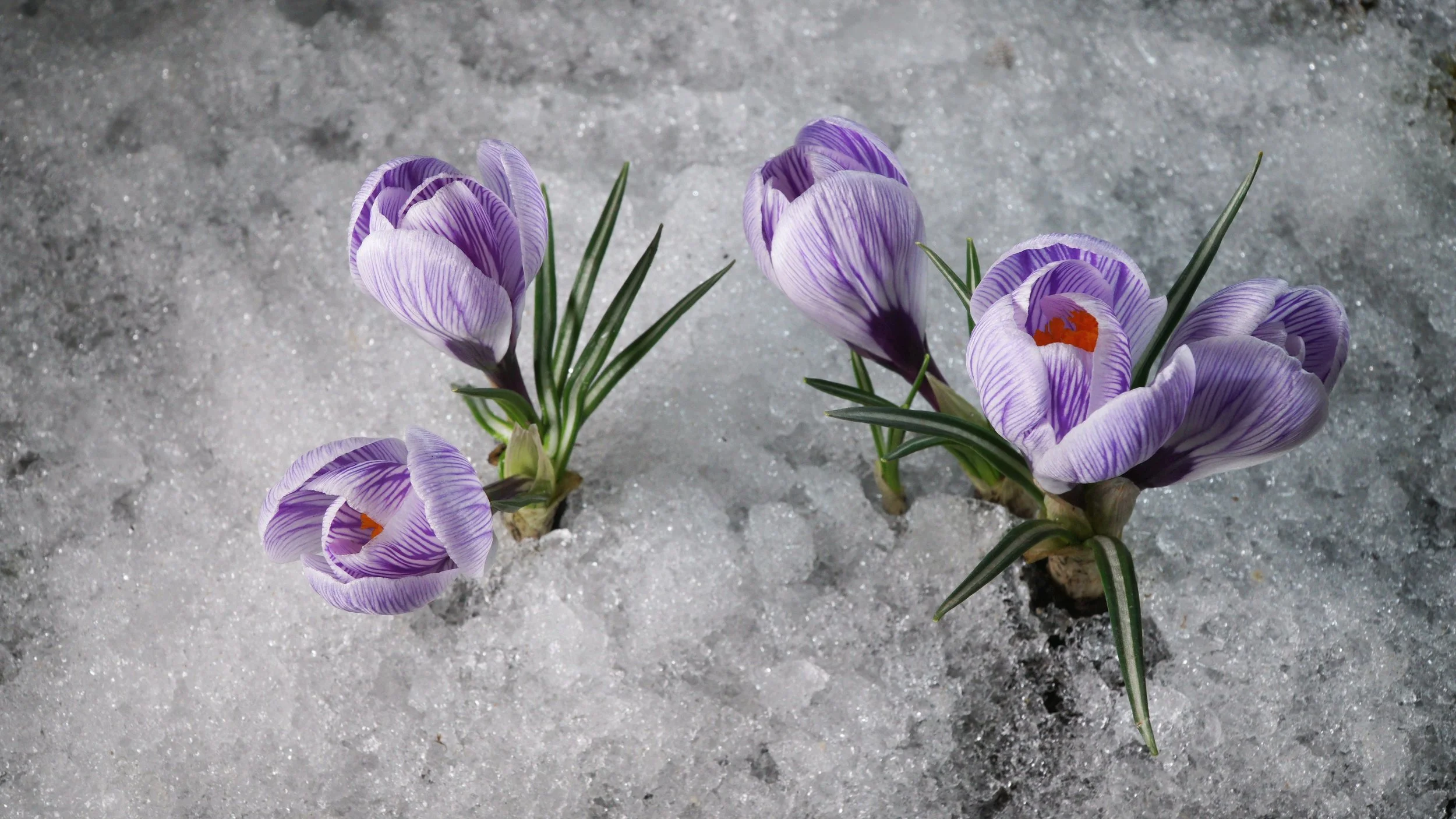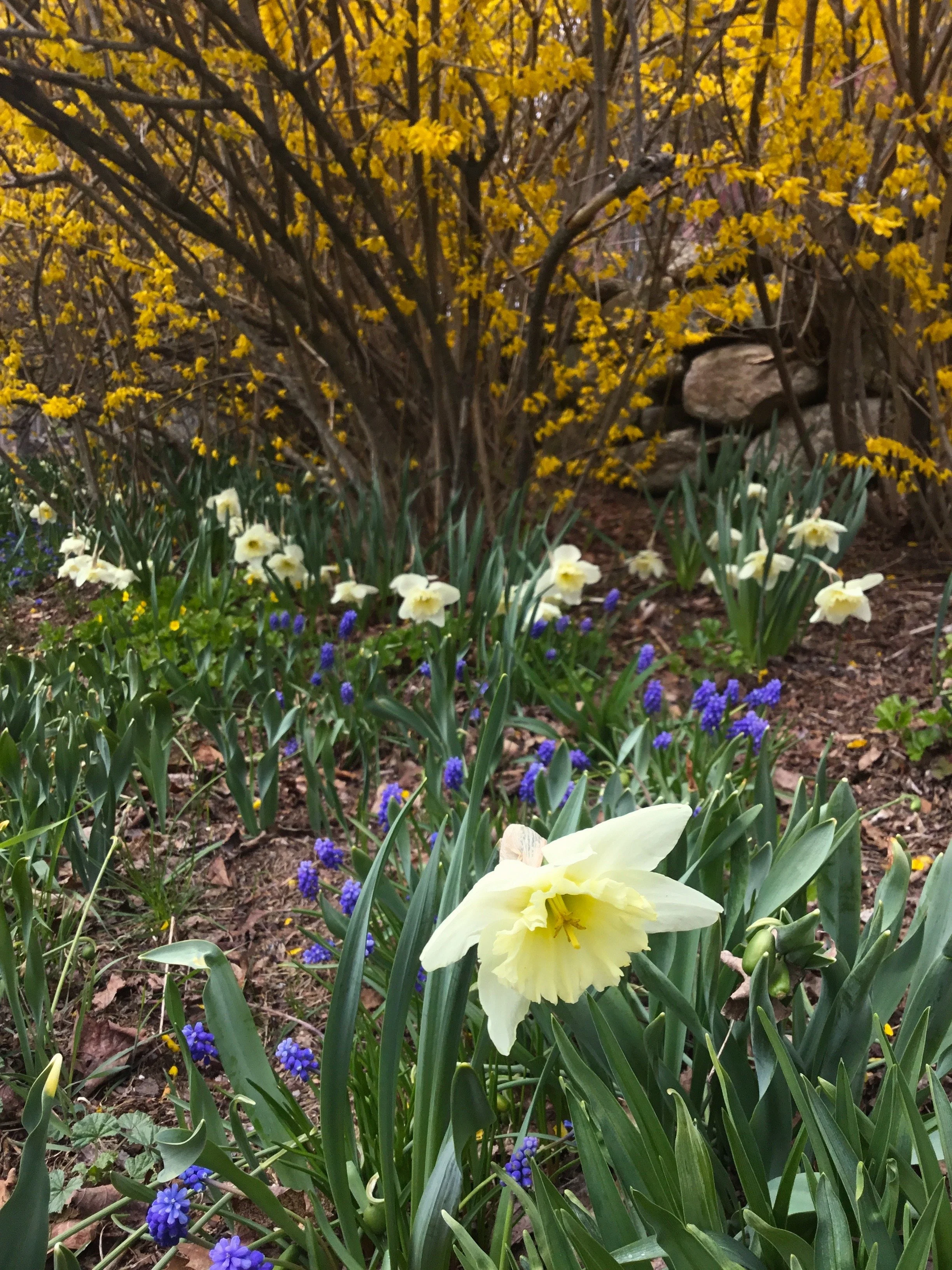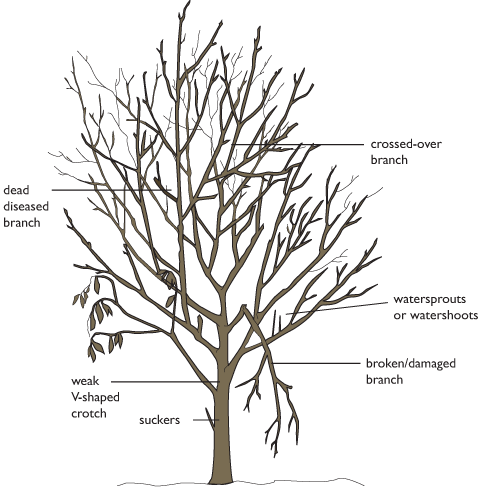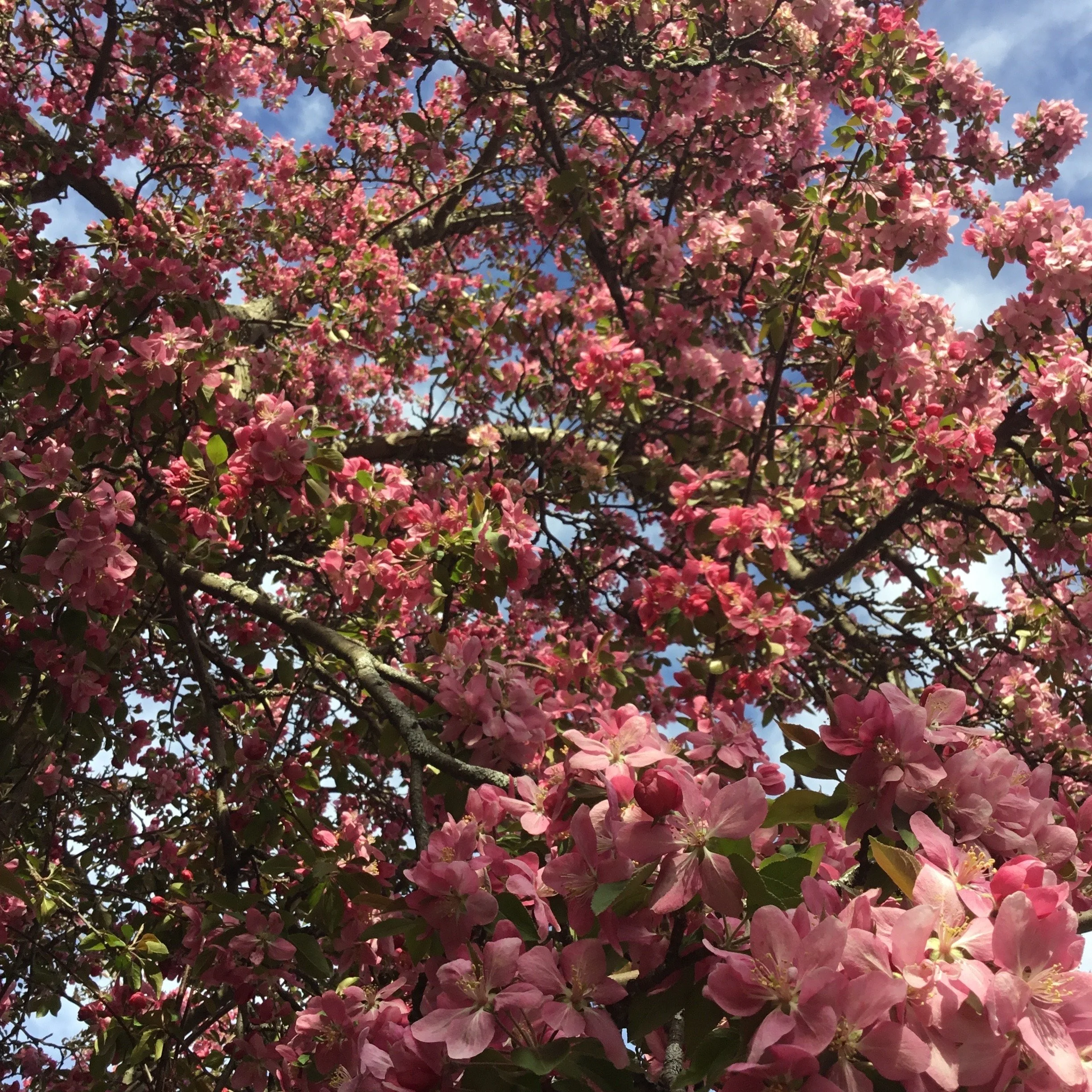March Newsletter
Bring on
the bulbs
“In the snowing and the blowing,
In the cruel sleet,
Little flowers begin their growing
Far beneath our feet.”
The days are certainly getting longer. With the vernal equinox just three weeks away, our hearts are aflutter with anticipation: crocus and snowdrops and hyacinths and daffodils—little peeks of joy through the snow.
While we wait for blooms, March is the best time of year to prune many woody plants, including mature fruit trees, both ornamental and edible. Because plants are dormant, the wounds from pruning are less prone to disease and fungal pressures.
Here is a pared down version of our process:
Prune all dead, broken and diseased branches.
Remove water sprouts. These upright offshoots grow rapidly and deprive energy that should be used by other wanted structural branches. The upright growth of water sprouts often crosses other fruit-bearing branches, which causes rubbing and disease pressure at the wound.
Remove crossing branches and any V-shaped junctions where splitting may occur.
Consider overall size, form and density of the branches. Remove those that may break under the weight of the fruit, hog sunlight, or reduce airflow to the inner canopy.
For mature fruit trees, this is a biennial activity. This is in part due to the “boom and bust” cycle of some fruit trees, notably apples and pears. Alternate bearing is normal: when there is a great growing season, the tree puts its energy into bearing generous fruit. However, the tree’s energy is divided into fruiting and setting buds for the following year. This trade-off of resources means less fruit the following year.
Pruning can help buffer fruit trees’ cyclical tendencies. By pruning in a “boom” year, we can reduce the amount of fruit the tree tries to produce and balance out the cycle. We also reduce the risk of breakage on branches laden with fruit. 2022 is likely a boom year, so if you are worried about your fruit trees (ornamental or otherwise), please let us know.
First Eastern Bluebird Sighting! February 5th, 2022
Enjoy the last few weeks of winter!
The Garden Life Team






